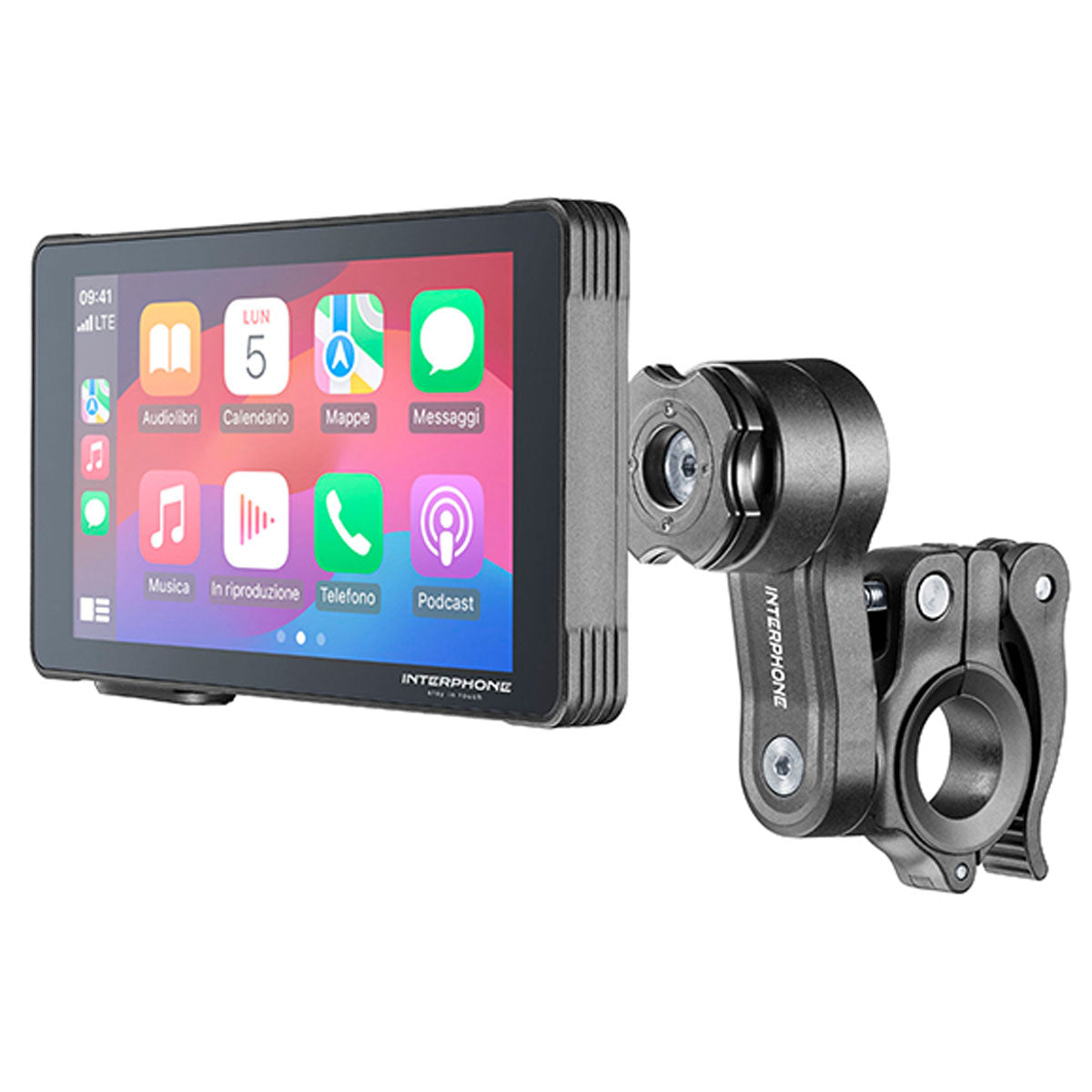The Ever-Expanding Web: Understanding smartphone Connectivity in the Modern Age
The smartphone, once a novelty, has become an indispensable tool, a portal to a world of information, communication, and entertainment. At the heart of this transformative device lies its ability to connect – a complex symphony of technologies working in harmony to keep us seamlessly linked to the digital realm. This article delves into the intricate world of smartphone connectivity, exploring the various methods, their evolution, and their impact on our lives.
The cornerstone of smartphone connectivity is the cellular network, a vast infrastructure that allows us to make calls, send texts, and access data on the go.
1.1. The Evolution of Cellular Standards: From 2G to 5G and Beyond

2G (Second Generation): This marked the shift from analog to digital cellular networks. 2G introduced SMS text messaging and basic data transfer, laying the groundwork for mobile communication as we know it.
1.2. How Cellular Networks Work: Cell Towers and Frequency Bands
Cellular networks rely on a network of cell towers that transmit and receive radio signals. Smartphones connect to the nearest cell tower, enabling communication. Different frequency bands are used for different purposes, and the availability of these bands can vary by region.
1.3. SIM Cards: The Key to Network Access
The Subscriber Identity Module (SIM) card is a small chip that stores information about your mobile subscription. It authenticates your device on the network, allowing you to make calls and access data. eSIMs, embedded SIMs, are a newer technology that removes the need for a physical card.

While cellular networks provide wide-area connectivity, Wi-Fi offers high-speed, local area network access.
2.1. Wi-Fi Standards: From 802.11b to Wi-Fi 6E and Beyond
802.11b/g/n: Older Wi-Fi standards that provided basic connectivity.
2.2. How Wi-Fi Works: Routers and Wireless Access Points
Wi-Fi networks use routers or wireless access points to transmit and receive radio signals. Smartphones connect to these devices, creating a local network.
2.3. Public Wi-Fi: Convenience and Security Concerns
Public Wi-Fi hotspots offer convenient internet access in public places, but they can also pose security risks. It’s crucial to use a VPN when connecting to public Wi-Fi to protect your data.
Bluetooth is a short-range wireless technology that enables communication between devices.
3.1. Bluetooth Versions: From Classic Bluetooth to Bluetooth Low Energy (BLE)
Classic Bluetooth: Used for audio streaming, file transfer, and other data-intensive applications.
3.2. How Bluetooth Works: Pairing and Data Transfer
Bluetooth devices pair with each other to establish a connection. Once paired, they can exchange data wirelessly.
3.3. Bluetooth Applications: Audio, Data Transfer, and IoT
Bluetooth is used for a wide range of applications, including wireless headphones, file transfer between devices, and connecting to IoT devices.
NFC is a short-range wireless technology that enables communication between devices in close proximity.
4.1. How NFC Works: Contactless Data Transfer
NFC devices communicate by touching or being in close proximity to each other. This allows for contactless data transfer.
4.2. NFC Applications: Mobile Payments, Data Sharing, and Access Control
NFC is commonly used for mobile payments, such as Apple Pay and Google Pay. It can also be used for data sharing and access control.
Global Positioning System (GPS) and other location services allow smartphones to determine their location.
5.1. GPS, GLONASS, Galileo, and BeiDou: Global Navigation Satellite Systems (GNSS)
These are satellite-based navigation systems that provide location data. Smartphones can use multiple GNSS systems for improved accuracy.
5.2. How Location Services Work: Triangulation and Data Processing
Location services use triangulation and data processing to determine the smartphone’s location. This data can be used for navigation, location-based apps, and other services.
5.3. Privacy Concerns: Managing Location Data
It’s important to be aware of the privacy implications of location services and to manage your location data settings accordingly.
While wireless connections are prevalent, USB and other wired connections still play a vital role in data transfer and charging.
6.1. USB Standards: From USB 2.0 to USB-C
USB 2.0: An older USB standard that provides basic data transfer and charging.
6.2. Wired Charging: Fast Charging Technologies
Wired charging remains the most efficient way to charge smartphones. Fast charging technologies, such as Qualcomm Quick Charge and USB Power Delivery, enable faster charging speeds.
6.3. Data Transfer and Peripheral Connections
USB connections can be used for data transfer between smartphones and computers, as well as connecting to peripherals such as external storage devices.
Smartphone connectivity has profoundly impacted our lives, transforming the way we communicate, work, and access information.
7.1. Communication and Social Interaction
Smartphones have made it easier than ever to stay connected with friends and family. Social media, messaging apps, and video calling have revolutionized communication.
7.2. Productivity and Work
Smartphones have become essential tools for productivity, enabling us to access email, documents, and other work-related information on the go.
7.3. Entertainment and Information Access
Smartphones provide access to a vast library of entertainment and information, including streaming services, online news, and social media.
7.4. The Future of Connectivity: Beyond Smartphones
The future of connectivity extends beyond smartphones, with technologies like augmented reality (AR), virtual reality (VR), and the Internet of Things (IoT) poised to transform our interactions with the digital world.
Smartphone connectivity is a complex and evolving landscape, driven by continuous innovation and technological advancements. From cellular networks to Wi-Fi, Bluetooth, and NFC, these technologies work in concert to provide us with seamless access to the digital world. As technology continues to advance, we can expect even faster speeds, greater connectivity, and new and exciting applications that will further transform our lives. The understanding of these technologies is not only useful for the average user, but also for those who create the future of technology, and the world they are connecting.



